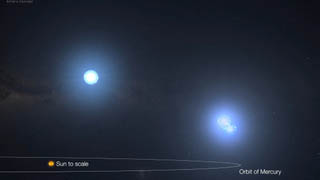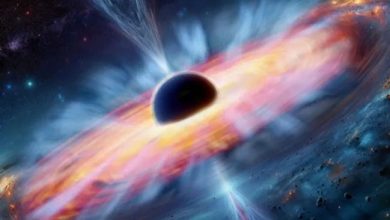Exoplanet hunter TESS spots record-breaking 3-star system

Science: Using NASA’s exoplanet-hunting spacecraft, the Transiting Exoplanet Survey Satellite (TESS), scientists have spotted a record-breaking triple-star system so tightly bound it could fit comfortably between the sun and its closest planet, Mercury. The system, designated TIC 290061484, consists of twin stars that race around each other once every 1.8 Earth days as well as a third star that orbits the pair once every 25 Earth days. The super-tight orbit of this triple star system, located less than 5,000 light-years away in the constellation Cygnus the Swan, makes it a record-breaker.
The previous record-holder for the densest three-star system orbit is Lambda Tauri, which set the record in 1956 by taking 33 days for its third star to orbit its inner twin. The discovery team included citizen scientists who met as part of the now-defunct Planet Hunters project, which ran from 2010 to 2013. The amateur scientists joined professional astronomers to form the Visual Survey Group collaboration, which has been operating for a decade.
“Thanks to the system’s compact, edge-on configuration, we can measure the orbits, masses, sizes and temperatures of its stars,” team member Veselin Kostov, from NASA’s Goddard Space Flight Center and part of the SETI Institute, said in a statement. “We can study how the system formed and predict how it might evolve.” The team thinks the star system TIC 290061484 is highly stable because the stars orbit each other in roughly the same plane. If the stars’ orbits are tilted in different directions, their gravitational effects would perturb their orbits, making the system unstable.





